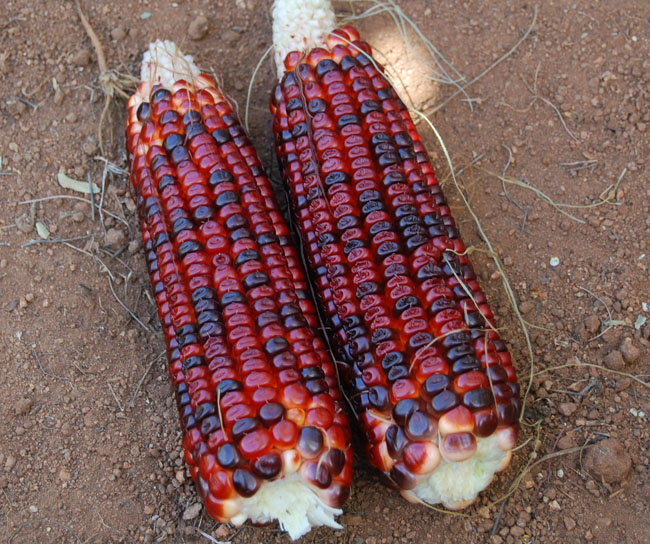(Picture from here.)
When I grew up there were four books I read over and over:
Crazy Weather was never made into a film but the others have been made into several. In my humble opinion, every one failed in one way or another. The best adaptation of Finn might be the 1920 film-- the wiki synopsis seems to do the least damage to the novel.
None have failed more spectacularly in their adaptation than all three Jungle Books: 1942, 1967 and 2016.
But to see why we have do talk about who Mowgli really is.
Mowgli was the son of a native. The native was killed by a tiger and Mowgli raised by the wolves and his three best friends: Bagheera, the panther, Baloo, the bear and Kaa, the rock python. This last character is very important. Kaa is one of Mowgli's closest friends. He is older and wiser than any of the others in the forest-- included Hathi, the elephant, who is considered the highest authority in the jungle. Kaa is at least a hundred years old and possibly a great deal more than that.
Mowgli grows up. His sworn enemy is Shere Khan, the tiger. Shere Khan (or Lungri, as some call him. "The lame one.") is a hunter of men. There's some implication that Shere Khan is the tiger that killed Mowgli's family. Regardless, he regards Mowgli's existence as an offense and spends a good deal of time attempting to kill him.
Mowgli, ultimately, leaves the jungle (shunned by the wolves) and returns to the world of human beings for a time. This doesn't work out and he ends up leaving the village in ruins, punishing them for their misdeeds. However, during this time he kills Shere Khan and returns to the wolves, laying Shere Khan's skin on their ceremonial rock and breaking their fellowship for casting him out. He lives in the jungle with his sibling wolves until one day he moves on, finds a mate of his own and takes up residence in a Indian park.
If you've seen any of the Jungle Book movies you can see the problem right there. Mowgli is an interesting and flawed character. He is very tough-- not surprising since he was raised by wolves. He has his own agenda. Even stories of his childhood have a thread of blood and mortality in them.
The two Disney Jungle Book movies (1967 and 2016) pull (roughly) from Mowgli's Brothers, Kaa's Hunting and Tiger! Tiger! These stories start with Mowgli's adoption, where Mowgli gets abducted by the monkeys and is saved, and when Mowgli kills Shere Khan. The 1942 version borrows Mowgli's Brothers, Tiger! Tiger! and some of Letting in the Jungle. All three versions only bear a loose connection with the original material. At lease the 1942 version preserves a little of Mowgli and Kaa's relationship.
The 1942 version isn't so bad. The special effects are laughable-- it was 1942 after all-- and Zoltan Korda added a whole lot of new material that was pretty useless. At least it got most of the animal relationships right. But the new material detracted from the original.
My biggest issue is with the Disney versions. They just got the animal relationship wrong.
There are really five sets of important animals in Mowgli's story: the wolves (especially his mother, Raksha and the pack leader Akela), Bagheera, Baloo, Kaa and Shere Khan. They all mean very different things.
The wolves are important as Mowgli's parents and brothers. Akela is, essentially, the wolf authority of the pack. This is Mowgli's family and community. Mowgli's introduction to this community ultimately destroys it-- Mowgli is not personally responsible for that destruction but it does happen because of him. Shere Khan is Mowgli's enemy. He is the personification of the jungle's destructive power. His animosity towards Mowgli reflects his own injury by man-- he represents the jungle as wounded animal.
What makes Shere Khan interesting is he really has a case against Mowgli. The jungle is in equilibrium without human beings. Mowgli brings disequilibrium with him-- and, in fact, Shere Khan's fears ultimately come to pass.
Bagheera, Baloo and Kaa represent the attractive parts of the jungle-- the aspects of the jungle that human beings need to fully realize themselves.
Bagheera is the most approachable of these. He had been a captive panther in Ooodeypor-- this is a secret no one knows about him. It is Bagheera-- along with Shere Khan-- that realizes both Mowgli's potential power to be in the jungle and his danger. At one point, he is trying to explain this to Mowgli and Mowgli-- being a child-- does not listen. Bagheera has him feel under his chin for a bare spot. It is the spot where the collar had chafed away the hair. Bagheera had been content until one night he realized who he was, smote the lock and was free. This is what he is attempting to bring to Mowgli, Mowgli's self-realization.
Baloo is the teacher of the law of the jungle. He's not some lazy bear. He represents-- and communicates-- the order of the jungle. When Mowgli is abducted by the monkeys in Kaa's Hunting, he uses the knowledge given him by Baloo to send word. It is in this story that Bagheera and Baloo realized they are outclassed and go to Kaa for help.
Kaa is the ancient wisdom and ancient mystery of the jungle. He knows things no one else knows. He acts on things no one else can see and has mysterious powers that no one realizes until he shows them.
These are Mowgli's fast friends and they are why he becomes a realized human fully capable in the jungle.
Consider this in the light of the two Disney Jungle Boooks. Bagheera is exasperated parent-- Mowgli's wolf parents barely show in the first film and have a small role in the second. Baloo is a fumbling clown and Kaa is the Mowgli's enemy-- second only to Shere Khan.
Clearly, I do not recommend these films.
But the problem is deeper. It lies in what is currently thought to be a "children's film" and "children's literature."
The Mowgli stories are dark in that they deal with death, meat and blood. Kipling doesn't shy away from the idea that these animals (and Mowgli) are killing prey. While Mowgli can communicate with all of the animals he is only friends with predators. (Hathi the elephant is a possible exception to this but the elephants are god like in their powers and are above these distinctions.)
There's a powerful scene at the river where the drought is so severe that a rock normally unseen is exposed. (This is well done in the 2016 film.) It is regarded as a symbol of peace: everyone must drink and so prey animals drink next to predators. Regardless, the power relationships are clear: the predators are giving the prey a break but the prey are nervous.
So when the Disney films were made, this relationship between predator and prey was deemed inappropriate-- except for Kaa who appears to prefer little boys to all else.
There is a terrific character arc in these stories: child reared by wolves finds himself and takes on his human identity and power-- and there is absolutely no question that the animals of the jungle recognize that this puny little grub of a thing represents great power. He grows from a child into an adult. It's the hero's journey.
And it's entirely ignored in these films.























